Tag: ventilation
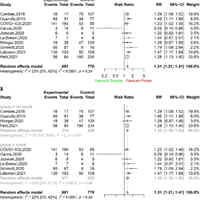
Prone Positioning Effect on Adult Patients Survival Receiving vvECMO for ARDS
This systematic review and meta-analysis of 13 studies (total N = 1836) showed that PP of acute respiratory distress syndrome (ARDS) patients receiving venovenous ECMO (vvECMO) was associated with a significant improvement... read more
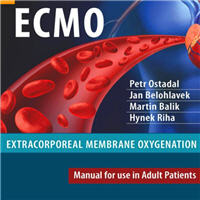
ECMO. Extracorporeal Membrane Oxygenation
Extracorporeal membrane oxygenation (ECMO), is a rapidly developing technology for supporting or even replacing heart and/or lung functions for days or weeks, giving the time for recovery, other therapeutic interventions... read more
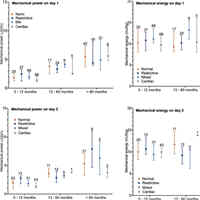
Energy Transmission in Mechanically Ventilated Children
Mechanical energy (ME) better related to underlying lung pathology and patient outcome than MP. The delivery of generated energy to the lung was not dependent on endotracheal tube diameter (ETT) size during PC ventilation.... read more
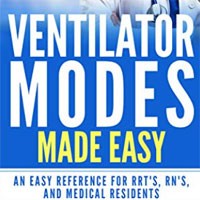
Ventilator Modes Made Easy: An Easy Reference for RRT’s, RN’s, and Medical Residents
Who says understanding ventilator modes has to be hard? This book gives you easy to understand information that every RRT, RN, or Resident always wishes they had. Each mode is described in simple language and answers the... read more

Mechanical Ventilation Promotes Lung Tumor Spread by Modulation of Cholesterol Cell Content
Mechanical stretch of cancer cells can alter their invasiveness. During mechanical ventilation, lungs may be exposed to an increased amount of stretch, but the consequences on lung tumors have not been explored. To characterize... read more
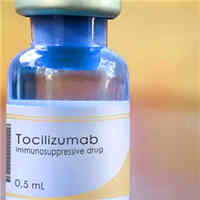
Prognostic and Predictive Biomarkers in COVID-19 Patients Treated with Tocilizumab
Multiple biomarkers prognostic for clinical outcomes were confirmed in COVACTA. Ferritin was identified as a predictive biomarker for the effects of tocilizumab in the COVACTA patient population; high ferritin levels were... read more

Intubation Practice and Outcomes Among Pediatric Emergency Departments
While tracheal intubation (TI) characteristics vary between pediatric Emergency Departments and ICUs, outcomes are similar. Shock and limited mouth opening were independently associated with adverse TI events in the Emergency... read more
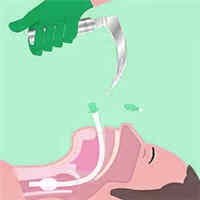
Endotracheal Intubation vs. Supraglottic Procedure in Pediatric OHCA
The findings of this large cohort study suggest that endotracheal intubation (ETI) in pediatric out-of-hospital cardiac arrest (OHCA), although performed by trained physicians, is associated with a worse outcome, regardless... read more
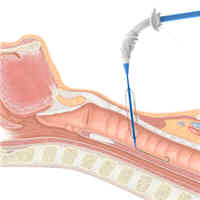
To Bronch or Not to Bronch – That Is the Question
Percutaneous tracheostomy was safely and effectively performed by an experienced surgical team both with and without bronchoscopic guidance with no difference in the complication rates. This study suggests that the use... read more
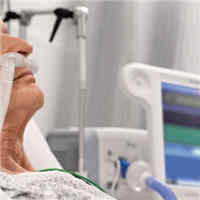
High-Flow Oxygen Therapy vs. Conventional Oxygen Therapy on Invasive Mechanical Ventilation in COVID-19 Patients
Among patients with severe COVID-19, use of high-flow oxygen through a nasal cannula significantly decreased need for mechanical ventilation support and time to clinical recovery compared with conventional low-flow oxygen... read more
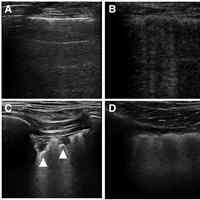
Pressure Support vs. Spontaneous Ventilation during Anesthetic Emergence – Effect on Postoperative Atelectasis
The incidence of postoperative atelectasis was lower in patients undergoing either laparoscopic colectomy or robot-assisted prostatectomy who received pressure support ventilation during emergence from general anesthesia... read more

Noninvasive Ventilation and Outcomes in Bronchiolitis
In a large cohort of infants at children’s hospitals, noninvasive and invasive ventilation increased significantly from 2010 to 2018. Hospital-level noninvasive ventilation utilization was not associated with a reduction... read more
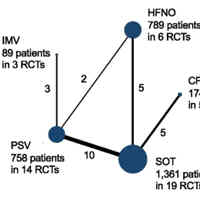
Non-invasive vs. Invasive Respiratory Management Strategies in AHRF Patients
When performing non-invasive ventilation among patients with de novo acute hypoxaemic respiratory failure (AHRF), it is important to avoid excessive tidal volume and lung injury. Although pressure support is needed for... read more

Respiratory Monitoring in Mechanical Ventilation: Techniques and Applications
This book covers the up-to-date advancement of respiratory monitoring in ventilation support as well as detecting the physiological responses to therapeutic interventions to avoid complications. Mechanical ventilation nowadays... read more




